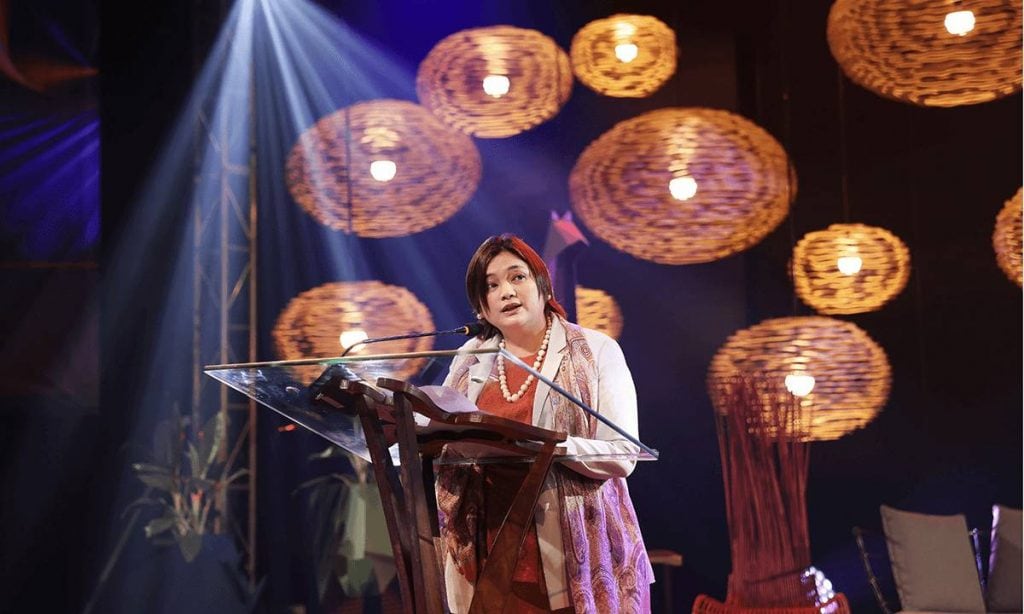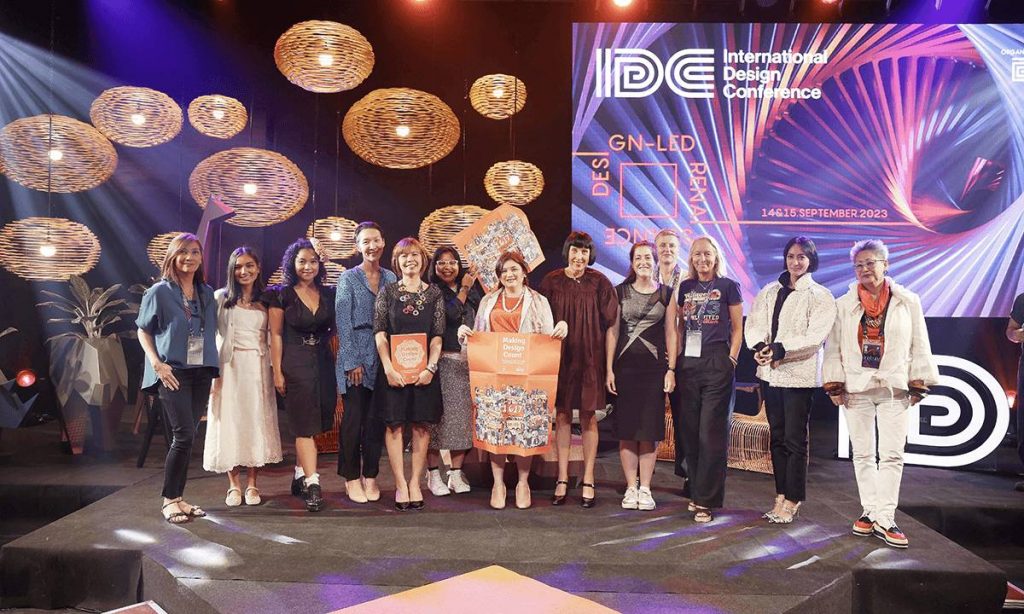Design—big or small, intricate or simple, elaborate or minimalist—is all around us.
Indeed, whether it’s the logo of our favorite chocolate, the interiors of our living spaces or that little black dress we love, design is part of our everyday lives.
Here in the Philippines, our local design economy is a significant contributor to the nation’s employment and economy. However, the industry faces vulnerabilities that call for strategic interventions.
Closing the gaps
During the recently held 7th International Design Conference – the Philippines’ biggest design conference and one of the biggest design conferences in ASEAN – Trade and Industry undersecretary and chief of staff Ana Carolina Sanchez highlighted how design can provide solutions to the contemporary economic, societal, and environmental challenges we face today.
In terms of sectors, the Philippine design industry is predominantly focused on image-making, accounting for 35 percent of the industry share. Meanwhile, only 19 percent of the design industry is focused on object-making, such as furniture, crafts, footwear, and fashion, industry data showed.

“This leaves a lot of room for growth and expansion in other sectors including: place-making, which specialises in the design and planning of buildings and spaces to meet intended physical, social, or cultural uses such as architecture, engineering, interior design to name a few; and experience-making (or experience design) which is often regarded as the intersection of the three other design subsectors as it puts focus on the research, design, and delivery of optimised user experiences, cutting through physical or digital products, processes, services, and events,” Sanchez said.
“With such huge untapped potential, it is crucial to professionalize the sector by closing the gap between current practices and emerging trends in design,” she also said.

Furthermore, research findings indicated that the Philippine design industry is young and dynamic with 70 percent of designers starting their careers less than 12 years ago and freelancers making up 39 percent of the workforce.
Renowned design critic Alice Rawsthorn, in her address at the IDC 2023, likewise underscored that design was too often dismissed as a shallow medium and confused with styling.
“Design has not traditionally been seen as a solution to droughts, mass migration, or healthcare crises; nor were independent designers expected to raise tens of millions of US dollars to do ocean cleanup,” she said.

“If design is to squash these stereotypes, and to fulfill its potential as an agent of change, we need to see significant changes in design practice.”
The Design Center of the Philippines (DCP) has been organizing the IDC, which is now in its 7th year and which coincides with the 50th anniversary of DCP.
The two-day conference has brought together speakers from UK, Germany, Denmark, Singapore and the Philippines including Rawsthorn.
Rhea Matute, executive director of the DCP said the conference is a testament to the organization’s commitment to nurturing creativity, innovation, and design excellence in the Philippines.
“We are proud to host this platform that unites the design community, fosters meaningful discussions and propels our nation’s creative industries onto the global stage,” she said.
Making Design Count
Citing data from Making Design Count, a policy brief on the value and impact if design on the Philippine economy produced by the Design Center of the Philippines in partnership with the British Council, Sanchez said the design sector employed 705,000 people—generating P2.9 trillion in turnover and P1.2 trillion in gross value added in 2020.
Overall, the design economy accounted for 1.8 percent of the country’s total national employment and contributed 6.6 percent to the national GVA in 2020.
At the same time, the report also revealed areas that needed immediate attention.
For example, individual designers’ average annual income marked a 21 percent decrease in 2020 compared to 2019.
Studies from various countries demonstrate the significant impact of design on economies worldwide, from enhancing stock performance and contributing to GDP to fostering innovation and job creation. Design is increasingly recognized as a valuable and influential factor in driving economic growth and competitiveness.
In the UK, as per the report from the DCP, the design economy contributed 4.9 percent to UK’s total GVA, employing 1.97 million people, or one in 20 UK workers. Design accounted for over £70 billion in UK exports.
In Denmark, 50 percent of companies say design had become increasingly influential on their bottomline over the past five years with 64 percent anticipating design to become an even more critical competitive parameter in the coming five years.
For sure, design not only boosts a country’s economic growth but can also provide answers to modern day challenges.
